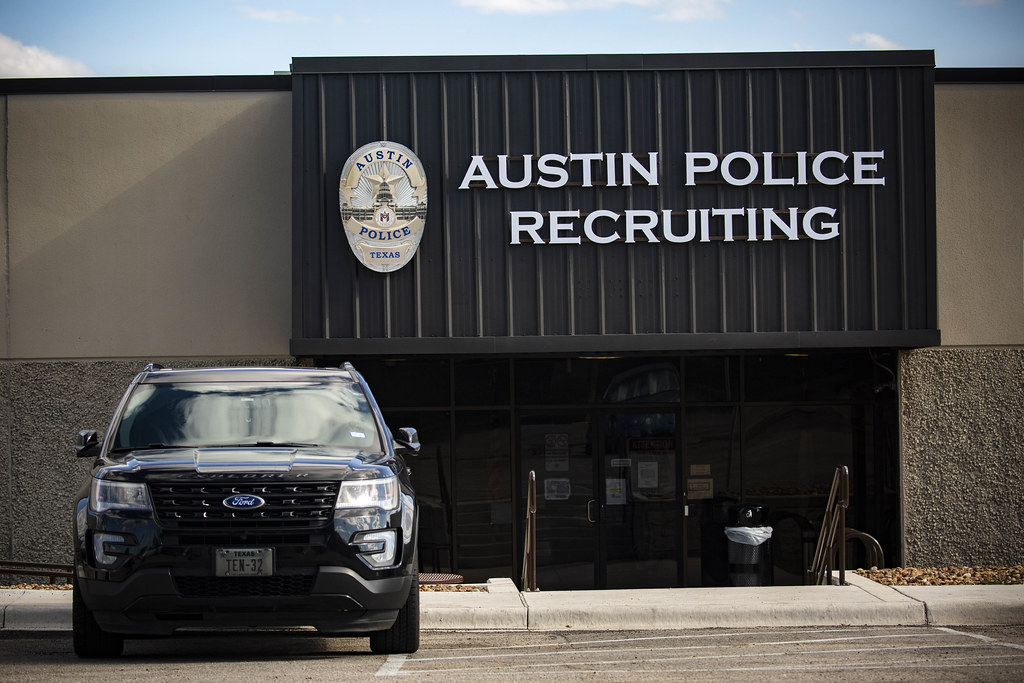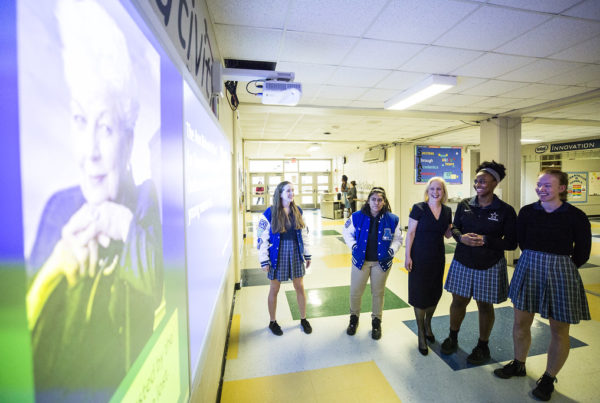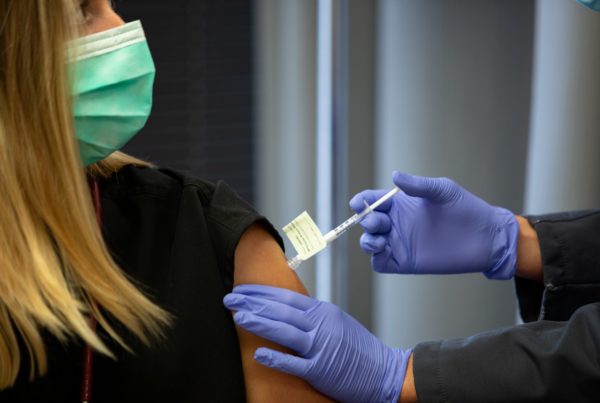The recent images of violent police confrontation with protesters in the wake of George Floyd’s death, have had one striking feature in common. Most of those confrontations are between male police officers and the public.
That’s because there are few women in policing. Today, only about 12 percent of the nation’s police officers are women.
Could adding more women make policing safer and reduce the number of violent interactions with the public? It’s a complicated question, according to Cara Rabe-Hemp, an associate dean and professor at Illinois State University who has studied and written books about women in policing.
“I think there’s more than that that needs to be taken into account. We do know the positive benefits that women bring to policing,” Rabe-Hemp told the Standard. “Female police officers are less likely to use force against citizens, especially excessive force.”
Some experts believe adding more women to the nation’s police forces could mean more peaceful police interactions with the public.
“[Women are] less likely to be named in citizen complaints and citizen lawsuits, which saves taxpayers and agencies millions of dollars,” Rabe-Hemp said.
Female officers are also more likely to take reports of domestic violence and sexual assault, and follow up on those reports which could prevent future violent attacks for victims, she added.
“So we know that women have challenged the myth that policing requires nothing but brawn to get the job done while proving they have what it takes to do the job,” she said.
But Rabe-Hemp says more research in this area is needed before “we can say that women are a solution to violence within policing.”
She suggested police departments need to look hard at their physical requirements, which tend to emphasize the importance of upper-body strength. And that emphasis puts women at a disadvantage.
“One of the major frustrations of this is we really don’t know if that’s a necessary physical requirement to do policing well,” Rabe-Hemp said.
Also, if departments are serious about retaining a diverse workforce, they need to address the “continued resistance” to women within police culture.
But it’s not as simple as “adding women and stirring,” Rabe-Hemp said.
But research does suggest that women do serve as “change catalysts” within police organizations because they challenge the ways things have always been done.














